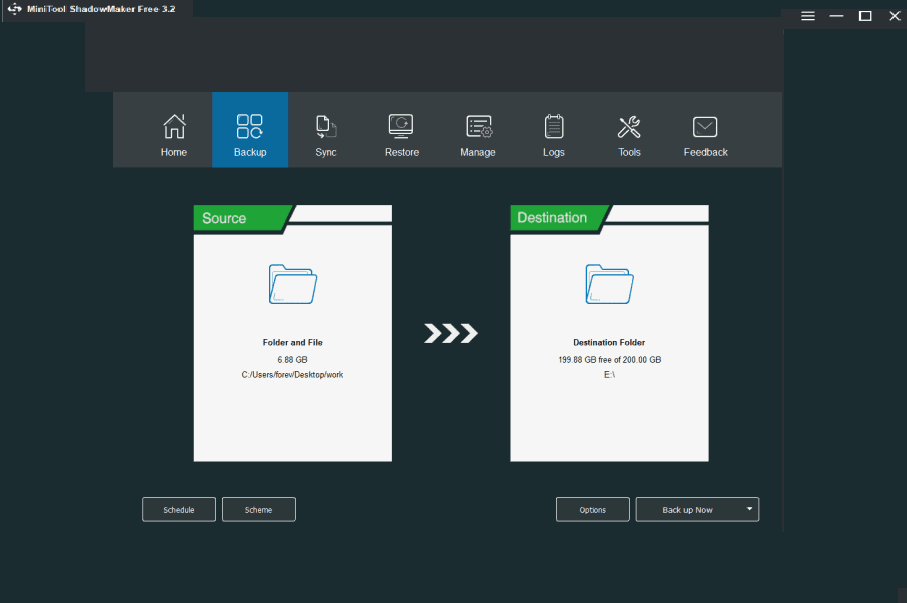If our computer gets infected by viruses, it is really frustrating and we need to fix this issue as soon as possible.
Thus, how to know if our computer has a virus? Here are many warning signs that our computer may be infected by viruses or malware.
Some Signs of Infection
Sign 1: Computer Is Running Slowly
If the apps on our computer slow down and it takes us much more time to launch these apps than usual, there is a high chance that our computer gets infected by a virus. Keep this in mind, slowing down our operating system is one of the main activities of malware, so try to get rid of it immediately.
Sign 2: Malicious Ads Are Displayed
If we keep receiving malicious ads or getting strange messages, we are likely to get a malware infection and our computer could be severely damaged.
These malicious ads and messages might be spread by spyware and they are used to secretly collect and steal our personal information without our permission.
To collect our passwords and other personal information, they can masquerade as legitimate programs and then monitor our web browsing data and online activities.
These pop-ups are always bundled with other hidden malware threats, making them more destructive to our operating system. Thus, never click the suspicious pop-ups and get rid of them right away.
Sign 3: Computer Keeps Crashing
When we are playing games or watching videos online, our laptop may keep crashing. Then, the screen will freeze and Blue Screen of Death will occur.
Finally, our computer gets recovered from the shutdown.
If this scenario is applicable, we need to be careful because our computer could get a malware issue.
Sign 4: Pop-up Messages
If we always get the warning message saying “You’re running out of disk space on Windows (C:)”, it usually means the partition C is running out of free space, but it is also a sign of virus infection.
Many types of malicious programs can fill our hard drive in various ways, so all the available space on our hard drive runs out of space. We need to deal with it immediately since this issue could crash our hard drive in the end.
Sign 5: Increased Internet Traffic
We find that the Internet traffic suspiciously increases on our computer every time we start it.
At the same time, there are no programs or apps that are downloading any data, no update for a certain app running or no large download at this moment, but we still don’t have a clue as to what’s making the Internet traffic increase.
Be careful, it is possibly a malware issue.
Sign 6: Browser Homepage Changed Without Our Knowledge
If we input nothing in our browser homepage but it changes, our computer may be infected with viruses or malware. A new toolbar pops up unexpectedly or we are redirected to a different URL, these are also the signs of malware infection.
Sign 7: Unusual Messages Pop up Unexpectedly
If the warning messages appear unexpectedly, it also may be a malware issue.
There are some other warning signs we need to be careful about:
• Programs open and close automatically
• The OS of our Windows shuts down unexpectedly
• We are informed that we lose access to our drive
It’s possible that the malware is taking over our computer and slows down it.
Read this post: How to Know If Your Computer Has a Virus: Signs of Infection. It will show you more details of signs of infection and introduce how to check computer for viruses.
Top Recommendation: Keep Our Data Safe Using MiniTool ShadowMaker
In many cases, the data on our computer will be lost if our computer gets infected by viruses or malware. What we need to do is to back up our data in advance to keep the data safe. A great backup software – MiniTool ShadowMaker can help us do this job.
It is a powerful data protection and disaster recovery tool for our PC. With it, we can back up files/partitions/Windows operating system/disks. We are also allowed to restore data if we encounter system crash, hard drive failure, and more.
At the same time, if our computer fails to boot successfully, we can create bootable media to restore our operating system to its previous normal state. Of course, it does more than these.

















Add Comment